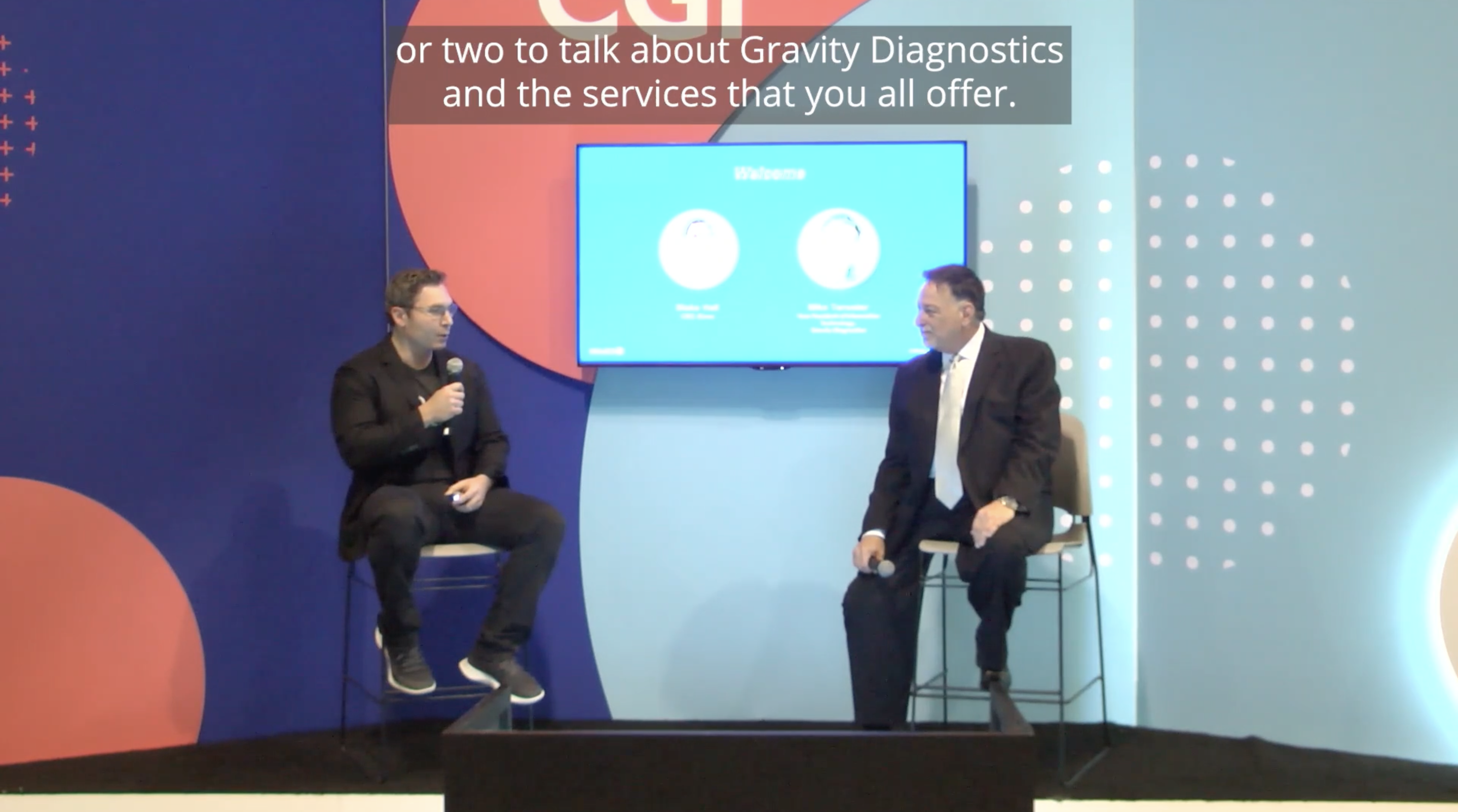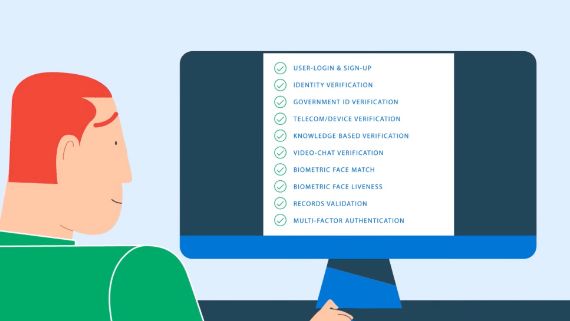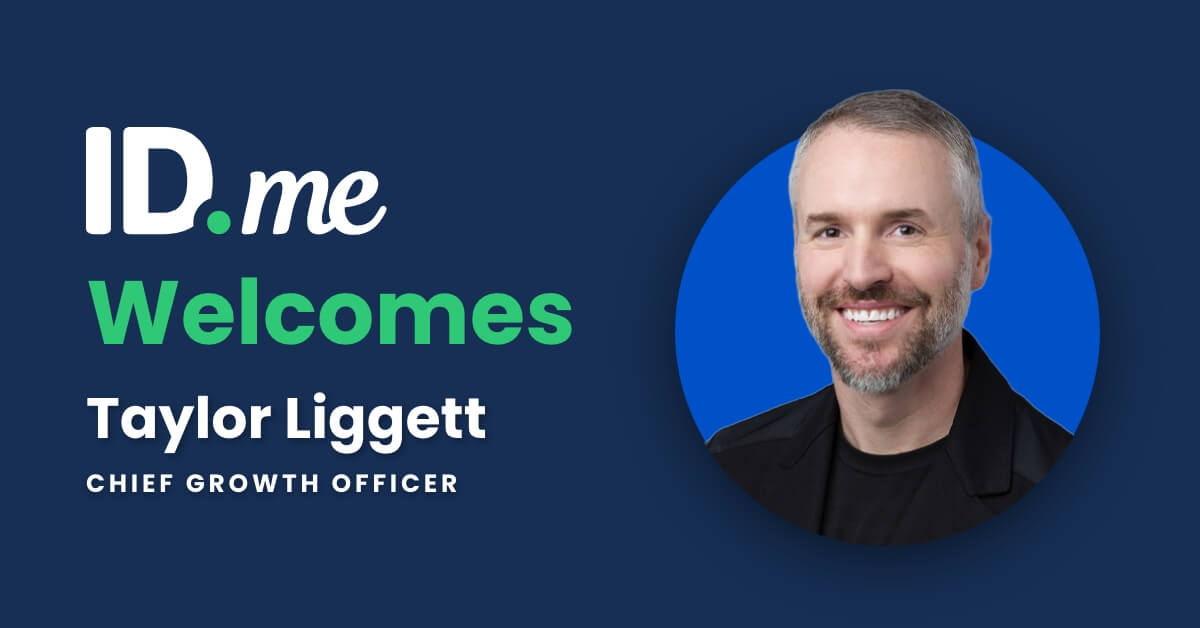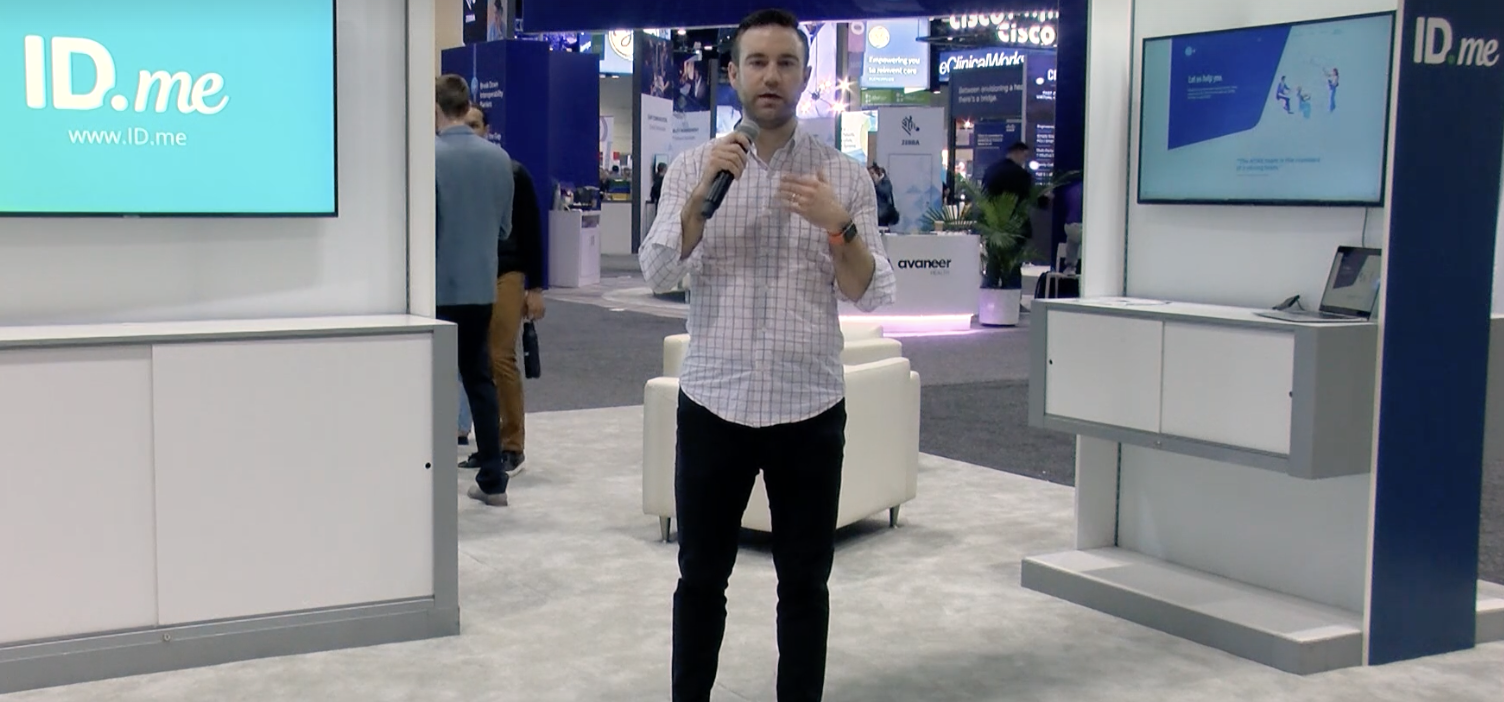Healthcare’s digital landscape is constantly evolving as organizations work to improve patient experiences and data security. That effort took on increased urgency when the COVID-19 pandemic heightened patient reliance on digital services.
In 2020, 38% of people nationwide accessed a patient portal, compared with 25% in 2014, according to a HealthIT.gov brief analyzing data from the Health Information National Trends Survey. In addition, 32% of patient portal users in 2020 downloaded their online medical record, compared with 17% in 2017, according to the brief.
The pandemic also sparked unprecedented fraud in healthcare and other industries. Nearly 50 million people in the U.S. experienced breaches of their health data in 2021, according to a POLITICO analysis of U.S. Department of Health and Human Services data. About half of states saw more than 10% of their residents directly impacted by unauthorized access to their health information. Hacking accounted for nearly 75% of those breaches, compared with 35% in 2016, according to the analysis.
Healthcare’s Regulatory Landscape Is Shifting
Against that backdrop, regulations continue to roll out to enable patients’ secure, direct right of access with healthcare interoperability. The 21st Century Cures Act calls for providing patients with more secure and seamless health data access and data transparency while ensuring patient access to electronic health records isn’t blocked. Those initiatives affect all healthcare stakeholders, including physicians, hospitals, insurers, health information networks, and health IT companies, which must meet new security and verification requirements.
Additionally, leading healthcare nonprofit associations, including the CARIN Alliance and CommonWell Health Alliance, are recommending that qualified health information networks (QHINs), health information exchanges, and electronic health records providers pursue National Institute for Standards and Technology (NIST) Identity Assurance Level (IAL) 2 and Authenticator Assurance Level (AAL) 2 solutions to prevent patients’ personally identifiable information from falling into the wrong hands.
CARIN also supports “person-centric” digital identity credentials so people have a portable, high-assurance digital identity and can control when and how their personal information is shared across systems.
Hear Mark Lockwood, ID.me general manager of commercial sector, discuss how identity proofing helps streamline patient experiences
Patient Proofing Can Address Security and Regulatory Concerns, Improve Patient Access, Experiences
Increasing fraud, broader regulations, and more people seeking digital services have prompted healthcare organizations to explore identity verification options that can improve the patient experience to ensure PHI does not fall into the wrong hands.
Many traditional digital identity verification methods that enable access to healthcare records rely on data brokers, such as credit bureaus. That can restrict access and introduce inequity because people who do not have a presence in credit records can be left without secure access to their electronic medical records.
Conversely, identity verification solutions that orchestrate best-of-breed components and multiple pathways for verification can increase accessibility and equity for all eligible users, resulting in optimal pass rates. ID.me identity proofing employs multiple data sources to confirm identity through authoritative and issuing sources.
ID.me is committed to No Identity Left Behind to expand access to identity verification through multiple pathways – online, live video chat, and in person. The 80 million-plus pre-verified users in the ID.me network have portable logins, enabling them to seamlessly prove who they are at any organization that accepts ID.me.
In healthcare, identity verification can expand access for new patients, enable secure access to medical records, ensure complete and accurate data flows into the system, improve communications, ensure claims are filed accurately, and more.
Seamlessly Accept New Patients Online and In-Person
New patient sign-up can be manual and cumbersome for patients and staff members. Verifying patient identities before booking appointments or granting access to patient portals can be challenging and time consuming, especially in a virtual environment. Patients also often answer the same clipboard questions for each visit, creating redundancies and increasing the risk of transcription errors and incorrect information populating the system.
Identity verification helps organizations streamline patient verification online or in person, enabling faster and more secure access to patient portals and healthcare services. Patients who already have a verified digital identity can use their digital wallets for new visits, eliminating manual processes, transcription errors, and the need to provide the same information multiple times in multiple places.
Learn how MDLand saved time and money while improving the patient experience by incorporating ID.me patient proofing into its new patient onboarding flow.
Enable Secure and Trusted Access to Medical Records
Complying with new regulations around patient right of access, improving the patient experience and in some cases, becoming a QHIN means organizations must ensure they can give patients or other parties easy access to patient medical records. But organizations also must be sure they are giving access to the right person.
Patient identity proofing can help organizations verify a patient’s identity before granting access to sensitive health records. Once patients’ portable digital identity credentials are created, it can move with them to any organization powered by the same identity verification provider. That creates the “patient-centric” ecosystem some government agencies and nonprofit groups recommend. There are varying risk levels associated with different patient interactions, so identity proofing should be dynamic.
Create a Unified View of the Patient to Improve Experiences and Communications
Patients often interact with multiple healthcare organizations in a disparate fashion, making it difficult to link all interactions and records back to a single person. Additionally, data-entry errors and different providers collecting different data have resulted in as many as one in five patients not matched with records from a prior visit, according to a survey conducted by the College of Healthcare Information Management Executives.
Identity proofing can help ensure all patient interactions, no matter the source, are tied to a single verified identity, improving patient care and outcomes. By enabling patients to use their existing verified credentials for all healthcare interactions, data-entry errors can be eliminated, ensuring organizations have the right contact and claim information.
Learn more about the changing identity proofing landscape in healthcare
At HIMSS 22, ID.me co-founder and CEO Blake Hall and Mike Tarwater, Vice President of Information Technology at Gravity Diagnostics, discussed how organizations are meeting new regulatory mandates and streamlining patient experiences.






